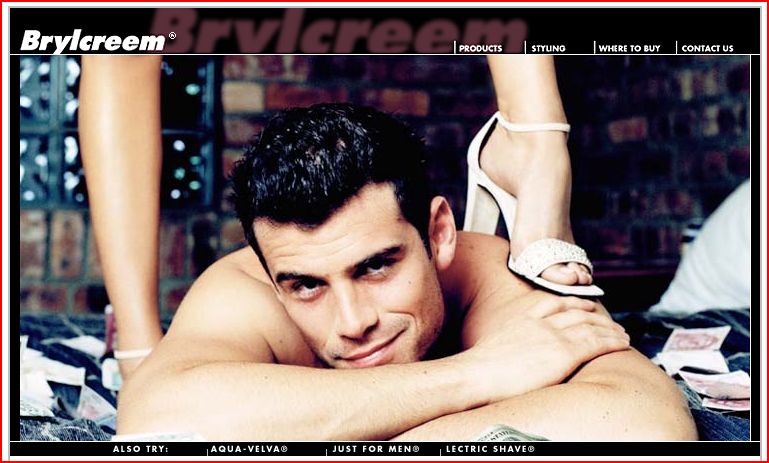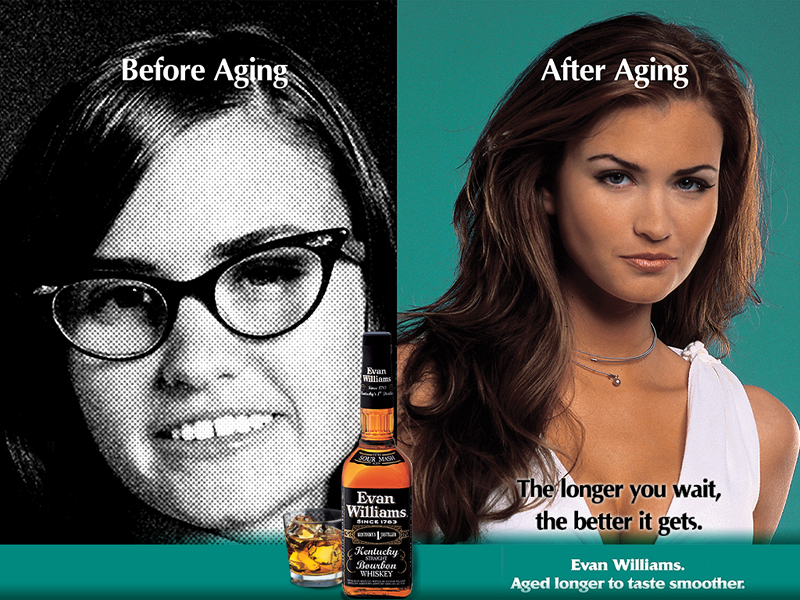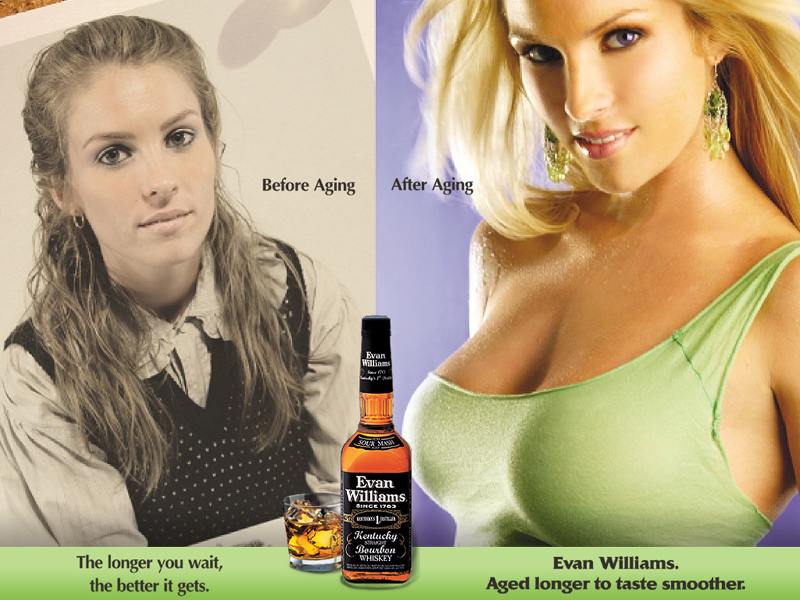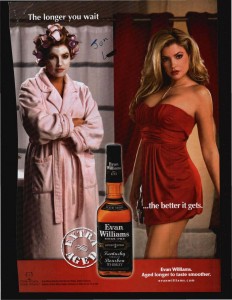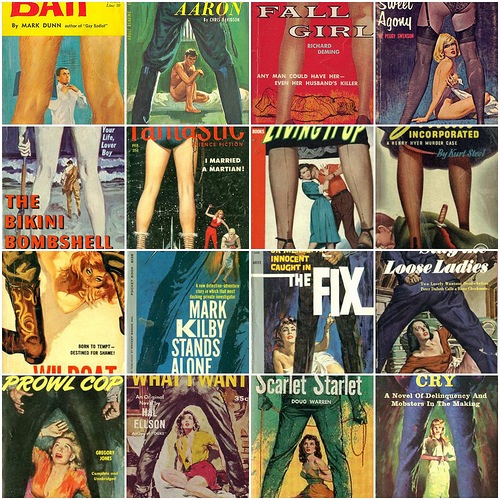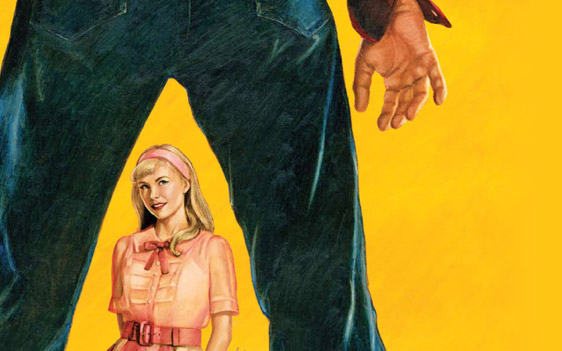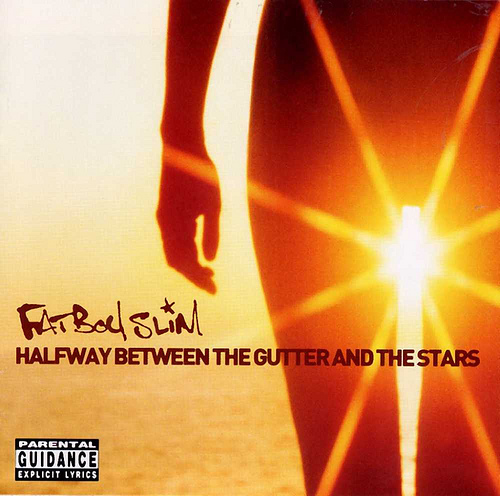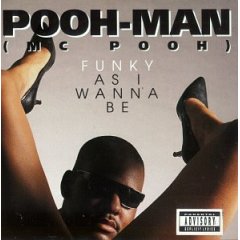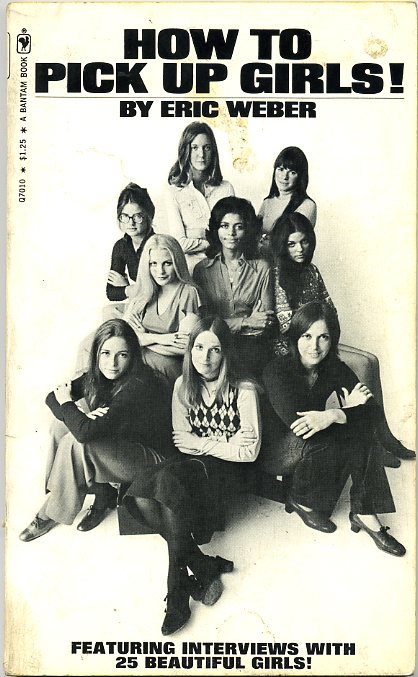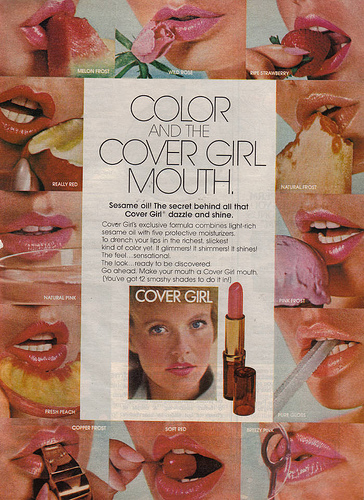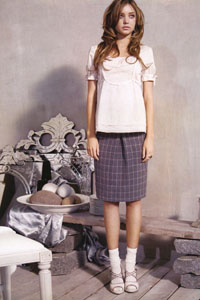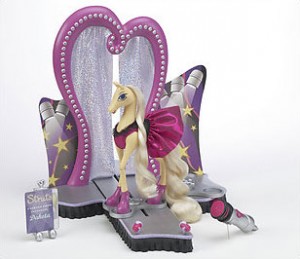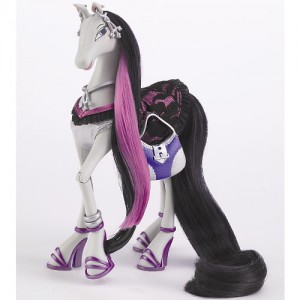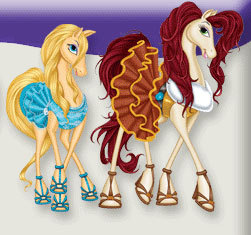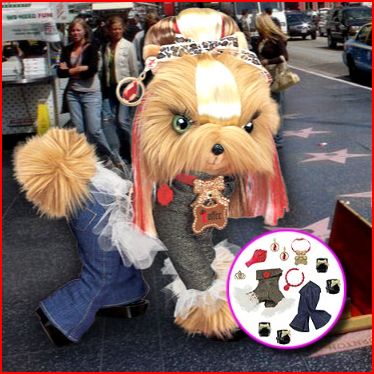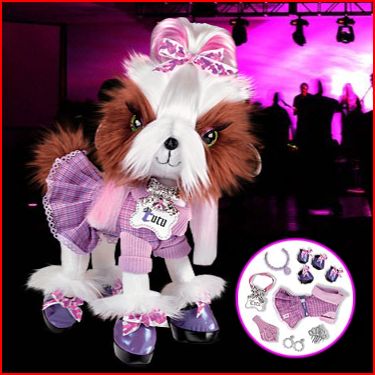Miguel sent us a link to Galeria: Ellas Mandan, a set of advertisements that reverse the common images of male dominance by showing women in control:

For pantyhose:

Shoes:
Jeans:
Dolce & Gabbana:
A submission from Stumblng Tumblr from the Brylcreem website:
NEW! A fashion ad from Phillip G.:
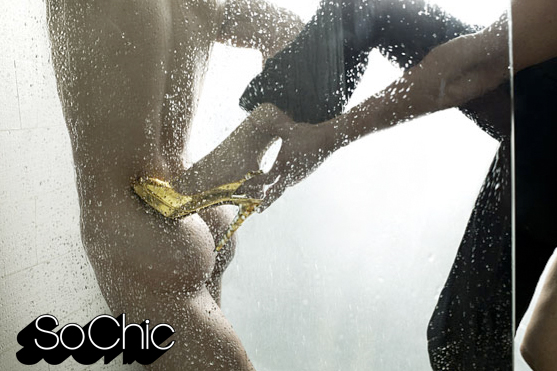
These images show women in “control” of, or dominating men, but in a very sexualized manner that often references S&M or bondage. So women can have power, but have to be sexualized at the same time. This fits in well with our cultural beliefs that women have power over men because men want sex and will allow themselves to be manipulated by women in order to get it. So women can supposedly control men by threatening to withhold sex until they get what they want.
And is it not possible to just have some images where men and women are equals and no one has to be dominant? Is that out of the question?
Thanks, Miguel!




